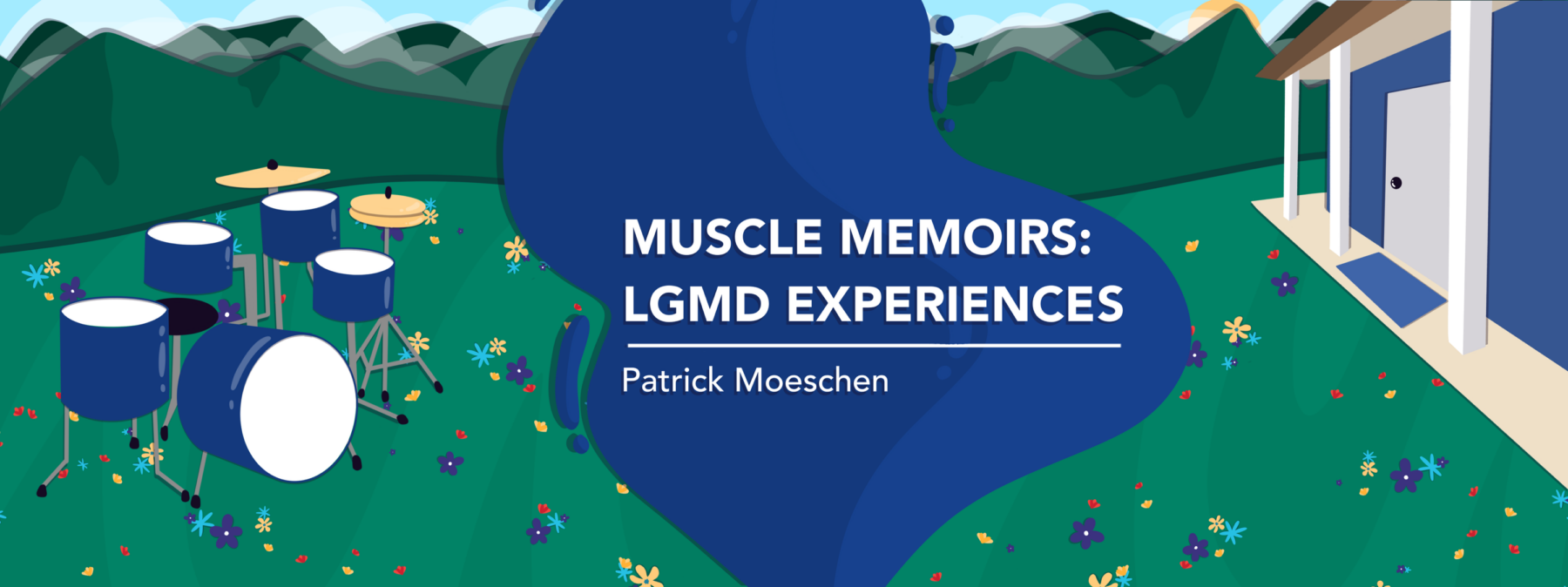The importance of community for those of us living with MD
Forging connections has been a game changer since my LGMD diagnosis

Living with muscular dystrophy for 40 years has taught me many things. I’ve written here about the importance of connection, support, and our shared value as humans. Connections can lead to another cornerstone of our existence: community.
We join our first community, our immediate family, as soon as we arrive kicking and screaming at birth. This group shapes our worldview, value system, and moral compass and determines where we live, the foods we eat, and, to a certain extent, the things that we see, touch, taste, and feel.
A diagnosis of a rare disease, such as my limb-girdle muscular dystrophy (LGMD), can and does throw the family community out of balance, as any traumatic event would. Although the diagnosis cannot be controlled, the way the family responds makes an enormous difference in how the members function after the initial shock wears off. This response plants the seeds for how the person with the rare disease determines their path forward.
As a child grows, their community comes to include extended family, friends, neighbors, school buddies, possibly a church family, and peers from activities such as Scouts, sports, clubs, or music.
Connecting with the rare disease community
A rare disease diagnosis extends the circle to include doctors, clinicians, other families affected by the disease, nonprofits, support groups, online forums, and often additional experts, such as researchers, scientists, and genetic counselors.
No one asks for a rare diagnosis, but connecting with a larger community has always been a silver lining for me. Speaking with others who have lived experience with LGMD has not only expanded my knowledge of the condition but truly changed my life.
I was diagnosed with MD at age 12 in 1985, long before the internet became mainstream. Through a physical therapist, I met another family with a kid living through the same scary experience that I was. Although we lived about 30 miles apart, we met for lunch and stayed in touch via phone and letters for years. Our lives took different paths, but we both got connected with charitable organizations such as the Muscular Dystrophy Association and Parent Project Muscular Dystrophy. We always introduced ourselves at community events as “the first other guy I met who lives with MD.”
Over the years, my community grew to include high school and college friends, co-workers, fellow volunteers, and other people I’ve befriended through shared interests, travel, and parenting children. These bonds have become an extended support system that I lean on when I need help, and I encourage the people in my network to do the same when they’re struggling.
Since the summer of 2024, my community has also included more than 100 adults who write about what it’s like to live and thrive with chronic illness. Maybe they’re part of your community, too: We call it Bionews (the parent company of MD News Today). Through writing, we support one another, network, and share life tips while broadcasting our strength to the world.
I encourage you to connect with our community beyond reading this column. Send a message, read the words of others who have a different perspective and diagnosis, or leave a comment. You’ll find that you’re never alone.
Note: Muscular Dystrophy News Today is strictly a news and information website about the disease. It does not provide medical advice, diagnosis, or treatment. This content is not intended to be a substitute for professional medical advice, diagnosis, or treatment. Always seek the advice of your physician or another qualified health provider with any questions you may have regarding a medical condition. Never disregard professional medical advice or delay in seeking it because of something you have read on this website. The opinions expressed in this column are not those of Muscular Dystrophy News Today or its parent company, Bionews, and are intended to spark discussion about issues pertaining to muscular dystrophy.





Leave a comment
Fill in the required fields to post. Your email address will not be published.